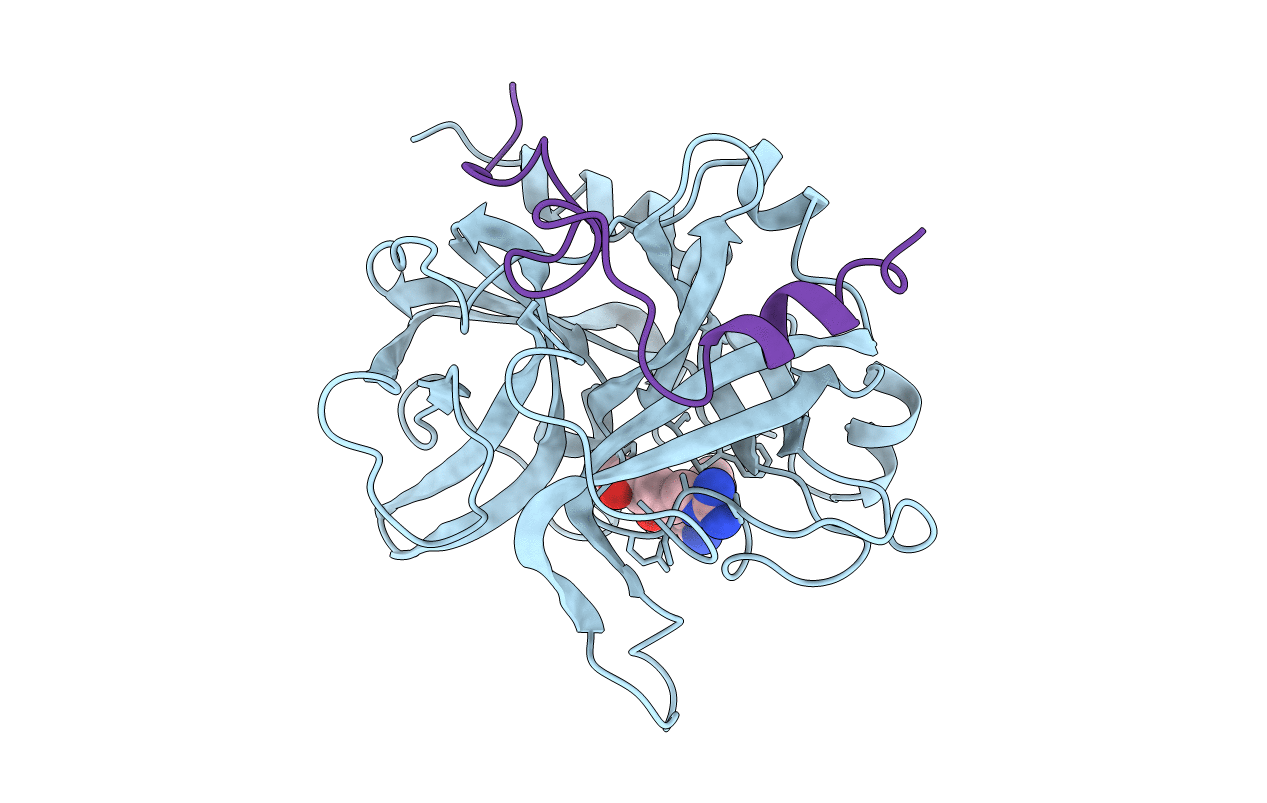
Deposition Date
1991-10-24
Release Date
1994-01-31
Last Version Date
2024-11-20
Entry Detail
PDB ID:
1PPB
Keywords:
Title:
THE REFINED 1.9 ANGSTROMS CRYSTAL STRUCTURE OF HUMAN ALPHA-THROMBIN: INTERACTION WITH D-PHE-PRO-ARG CHLOROMETHYLKETONE AND SIGNIFICANCE OF THE TYR-PRO-PRO-TRP INSERTION SEGMENT
Biological Source:
Source Organism:
Homo sapiens (Taxon ID: 9606)
Method Details:
Experimental Method:
Resolution:
1.92 Å
R-Value Work:
0.15
R-Value Observed:
0.15
Space Group:
P 21 21 21


